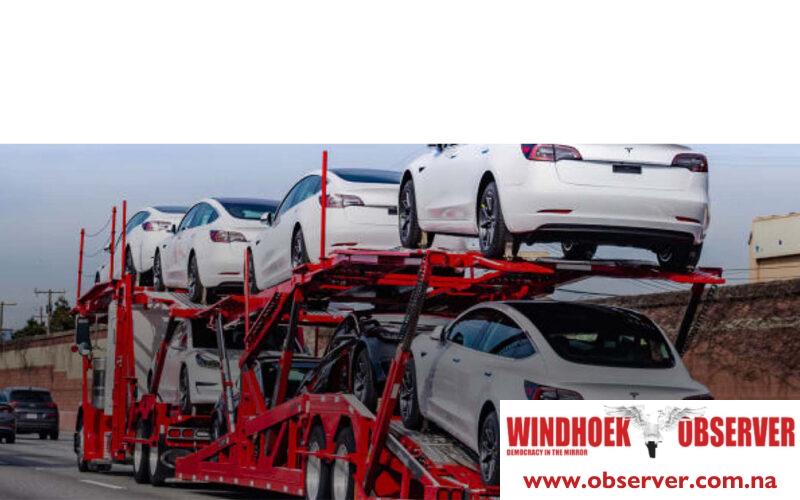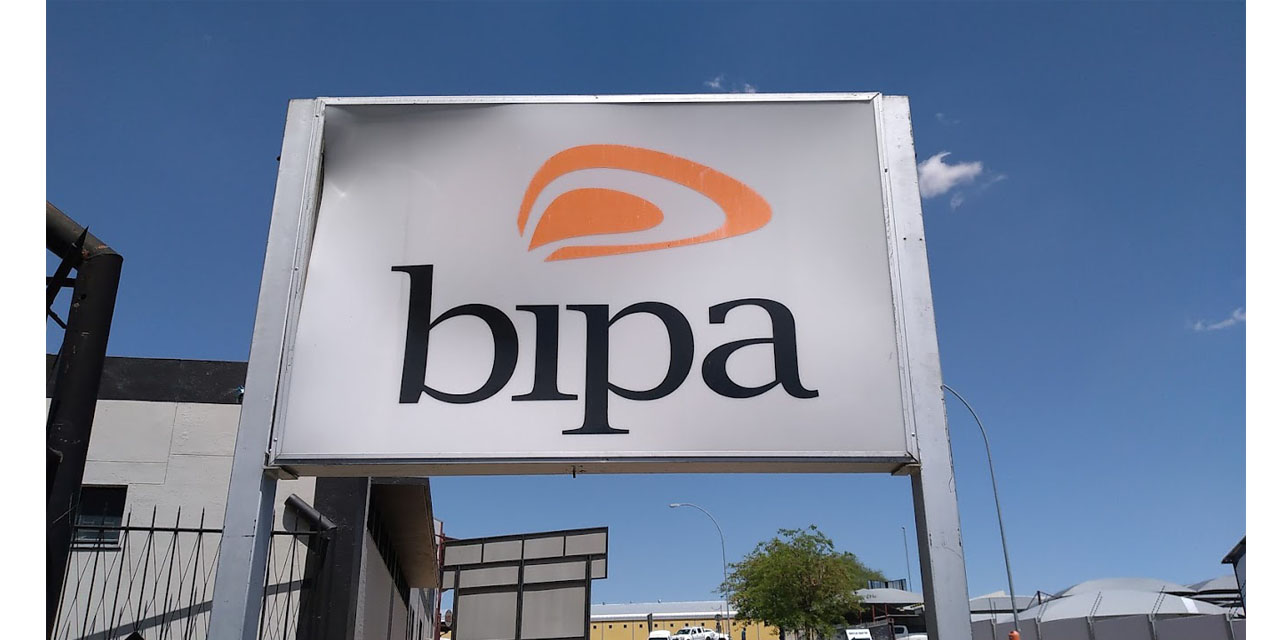CHAMWE KAIRA
The Southern African Customs Union (SACU) emerged as the biggest export destination for Namibian goods in February with a share of 30.7% of total exports, the Namibia International Merchandise Trade Statistics Bulletin revealed.
BRICS and the OECD followed in second and third positions, contributing 23.7% and 23.3% to Namibia’s total exports, respectively.
The Southern African Development Community (SADC), excluding SACU, and the European Union (EU) respectively occupied the fourth and fifth positions, accounting for 18.8% and 17.8% of total exports.
Exports to SACU consisted mainly of non-monetary gold, while the export basket to the BRICS market was dominated by uranium. Exports to the Organisation for Economic Co-operation and Development (OECD) mainly comprised fish, uranium and ‘copper and articles of copper’, while the SADC excluding SACU market absorbed mostly fish, fertilisers and ‘sulphur and unroasted iron pyrites’. Lastly, fish, uranium and ‘copper and articles of copper’ were the main commodities demanded by the EU market.
According to February data, SACU was Namibia’s largest market for imports, accounting for 40.1% of total imports, which were primarily made up of motor vehicles for commercial purposes, sugars, molasses, honey, and maize.
BRICS emerged second with a share of 21.4%, supplying the country mostly with petroleum oils, motor vehicles for commercial purposes and wheat, while the OECD came in third position with a share of 18.7% of all goods imported, providing the country mostly with petroleum oils, ‘civil engineering and contractors’ equipment’ and ‘ores and concentrates of precious metals’.
The Common Market for Eastern and Southern Africa (COMESA) and SADC, excluding SACU, occupied the fourth and fifth positions, accounting for 10.6% and 10.2% of total imports, in that order.
Imports into Namibia from the COMESA and SADC, excluding SACU markets, were mostly made up of nickel ores and concentrates, inorganic chemical elements and ‘ores and concentrates of base metals.
Sea maintained the top position as the most common mode of transport for exports, handling exports to the tune of N$5.3 billion. This export value represents 52.6% of total exports that left the country during the reference period. The basket of exports via sea consisted mainly of uranium and fish.
The second most common mode of transport for exports was road, which accounted for 26.1% of total exports, and its export basket was mainly made up of petroleum oils and fish. Lastly, air transportation accounted for 21.3%, with non-monetary gold and precious stones (diamonds) being the highest-valued commodities transported via the respective mode.
In terms of volume, a total of 258 490 tonnes of goods left the country, representing a decrease of 35.2% and 11.9% when compared to January 2025 and February 2024, respectively.
In February, 164 932 tonnes of goods were recorded as exported via road, representing a decrease of 15.4% month-on-month and an increase of 28.7% year-on-year.
A total of 93 443 tonnes of goods left the country by sea, yielding a decrease of 54.1% and 43.4% when compared to 203 729 tonnes and 165 063 tonnes registered in January 2025 and February 2024, respectively.
Finally, only 114 tonnes of goods left the country by air during February 2025, indicating an increase of seven tonnes’ month-on-month and 57 tonnes’ year-on-year.




